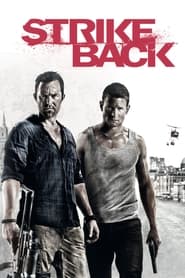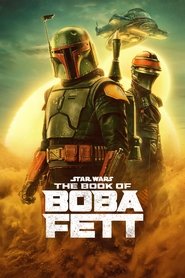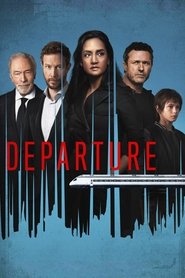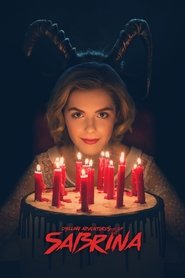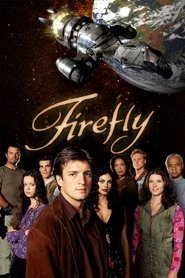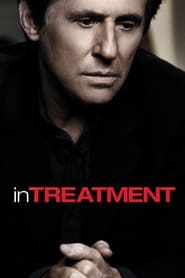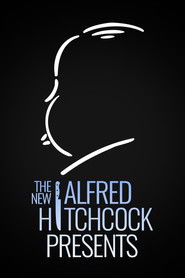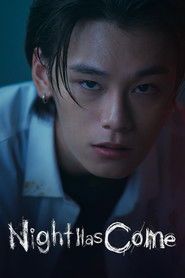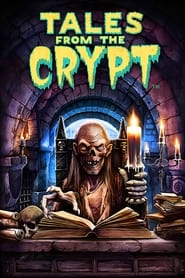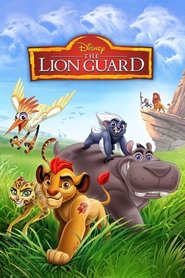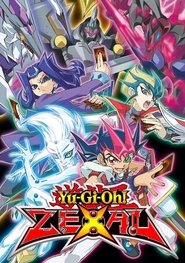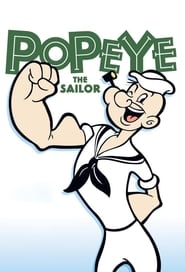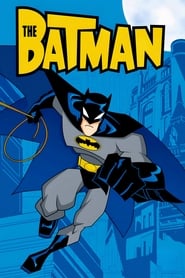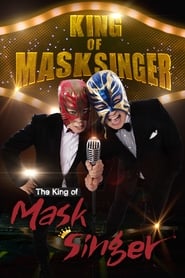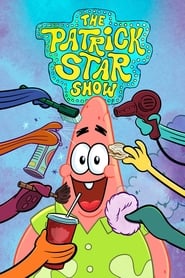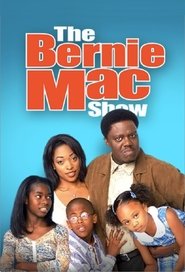Popular War TV Series on Tub Tv - Page 83
-
Strike Back
2010
Strike Back
2010
star 7.4The series follows John Porter, a former British Special Forces soldier, who is drafted back into service by Section 20, a fictional branch of the Secret Intelligence Service. -
The Book of Boba Fett
2021
star 7.5Legendary bounty hunter Boba Fett and mercenary Fennec Shand must navigate the galaxy’s underworld when they return to the sands of Tatooine to stake their claim on the territory once ruled by Jabba the Hutt and his crime syndicate. -
DMD Friendship The Reality
2023
star 9A group of artist trainees compete in a reality show to develop skills and find the perfect partner to win a lead role in a new Domundi BL series. -
Departure
2019
Departure
2019
star 6.5Follow the mystery of Flight 716 - a passenger plane that vanishes over the Atlantic Ocean. Following the mysterious crash, recently widowed, brilliant aviation investigator Kendra Malley is called in to investigate by her former boss and mentor Howard Lawson. -
Chilling Adventures of Sabrina
2018
star 8.2Magic and mischief collide as half-human, half-witch Sabrina navigates between two worlds: mortal teen life and her family's legacy, the Church of Night. -
Firefly
2002
Firefly
2002
star 8.3In the year 2517, after the arrival of humans in a new star system, follow the adventures of the renegade crew of Serenity, a "Firefly-class" spaceship. -
In Treatment
2008
In Treatment
2008
star 7.6Set within the highly charged confines of individual psychotherapy sessions and centering around Dr. Paul Weston, a psychotherapist who exhibits an insightful, reserved demeanor while treating his patients—but displays a crippling insecurity while counseled by his own therapist. -
The New Alfred Hitchcock Presents
1985
star 7.2The New Alfred Hitchcock Presents is an American anthology series that aired on NBC from 1985 to 1986, and on the USA Network from 1987 to 1989. The series is an updated re-imagining of the classic 1955 series Alfred Hitchcock Presents. -
Night Has Come
2023
Night Has Come
2023
star 7.8Trapped in a deadly cursed Mafia game, the students of Yoo-il High must play the game to survive while unraveling the mysteries behind the curse. -
Yosuga no Sora
2010
Yosuga no Sora
2010
star 6.8Kasugano Haruka and his sister Sora have lost both their parents in an accident, and with them all their support. They decide to move out of the city to the rural town where they once spent summers with their late grandfather. At first everything seems familiar and peaceful, but changes come as Haruka starts to remember things from his youth. -
Tales from the Crypt
1989
Tales from the Crypt
1989
star 7.9Cadaverous scream legend the Crypt Keeper is your macabre host for these forays of fright and fun based on the classic E.C. Comics tales from back in the day. So shamble up to the bar and pick your poison. Will it be an insane Santa on a personal slay ride? Honeymooners out to fulfill the "til death do we part" vow ASAP? -
The Lion Guard
2016
The Lion Guard
2016
star 7.6Simba's son, Kion, assembles a group of animals to protect the Pride Lands, known as the Lion Guard. -
TONIKAWA: Over the Moon for You
2020
star 8.5Nasa Yuzaki falls in love at first sight after an encounter with the mysterious Tsukasa. When Nasa earnestly confesses his feelings, she replies, "I'll date you, but only if we're married." Nasa and Tsukasa's cute and precious newlywed life of love is about to begin! -
Yu-Gi-Oh! Zexal
2011
Yu-Gi-Oh! Zexal
2011
star 7.3When aspiring duelist Yuma meets Astral, a mysterious visitor from another universe, it seems like destiny. Yuma needs Astral to teach him how to duel, and Astral needs Yuma to help him regain his memories! -
Popeye the Sailor
1960
Popeye the Sailor
1960
star 7.1Follows the adventures of the famed spinach-eating sailor man. Popeye is one of the most popular cartoon characters of all time. This spunky but loveable spinach-eating sailor continues to delight young and old with his comic adventures, and the entire gang is around to provide plenty of rousing fun and action: Olive Oyl, Swee'Pea, Wimpy and Bluto. -
The Batman
2004
The Batman
2004
star 8A young billionaire Bruce Wayne fights crime and evil as the mysterious vigilante, The Batman. -
Breaking News: No Laugh Newsroom
2018
star 8.8In this newsroom, breaking means losing. Our reporters don't know what's about to be on the teleprompter, and every laugh is a point against them. -
Mystery Music Show: King of Mask Singer
2015
star 5.6Competitors are given elaborate masks to wear in order to conceal their identity, thus removing factors such as popularity, career and age that could lead to prejudiced voting. In the first round, a pair of competitors sing the same song, while in the second and third rounds they each sing a solo song. After the First Generation, the winner of the Third Round goes on to challenge the Mask King, and is either eliminated or replaces the previous Mask King through live voting. The identities of the singers are not revealed unless they have been eliminated. -
The Patrick Star Show
2021
star 5.8Follow a younger Patrick Star living at home with his family, where he hosts his own variety show for the neighborhood from his television-turned-bedroom. -
The Bernie Mac Show
2001
The Bernie Mac Show
2001
star 6.5The Bernie Mac Show is an American sitcom that aired on Fox for five seasons from November 14, 2001 to April 14, 2006. The series featured comic actor Bernie Mac and his wife Wanda raising his sister's three kids: Jordan, Bryana, and Vanessa.
 Netflix
Netflix
 Amazon Prime Video
Amazon Prime Video
 Apple iTunes
Apple iTunes
 Apple TV Plus
Apple TV Plus
 Disney Plus
Disney Plus
 Google Play Movies
Google Play Movies
 Paramount Plus
Paramount Plus
 Hulu
Hulu
 HBO Max
HBO Max
 YouTube
YouTube
 fuboTV
fuboTV
 Peacock
Peacock
 Peacock Premium
Peacock Premium
 Amazon Video
Amazon Video
 The Roku Channel
The Roku Channel
 AMC+
AMC+
 Kocowa
Kocowa
 Hoopla
Hoopla
 The CW
The CW
 Vudu
Vudu
 Starz
Starz
 Showtime
Showtime
 PBS
PBS
 Pantaflix
Pantaflix
 FXNow
FXNow
 Tubi TV
Tubi TV
 Kanopy
Kanopy
 Comedy Central
Comedy Central
 Crunchyroll
Crunchyroll
 Microsoft Store
Microsoft Store
 Redbox
Redbox
 Sun Nxt
Sun Nxt
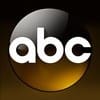 ABC
ABC
 DIRECTV
DIRECTV
 Crackle
Crackle
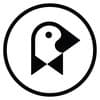 Fandor
Fandor
 Plex
Plex
